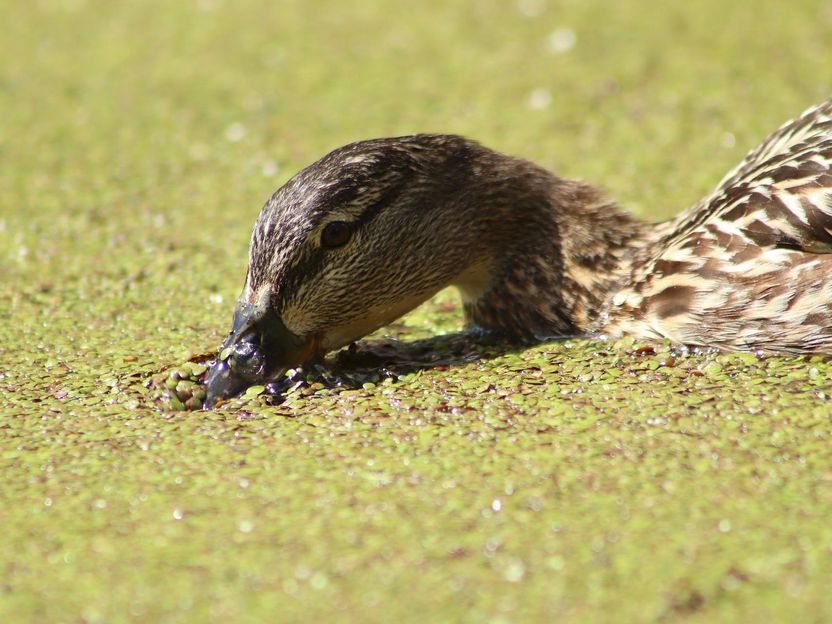More Than Superfood: Duckweed is not only rich in nutrients, it also stores rare earths to a particularly high degree
Researchers at Jacobs University Study Use of Duckweed
In Asia, duckweed has been used as a food for a long time. The research group CritMET: Critical Metals for Enabling Technologies at Jacobs University Bremen recently discovered that duckweed is not only rich in nutrients, it also stores rare earths to a particularly high degree.

Symbolic image
pixabay.com
Anna-Lena Zocher and the CritMET research group led by Professor Michael Bau recently published their results in the journal Science of the Total Environment. "When duckweed takes up rare earths from water, trace elements follow the element manganese and not the element calcium, as they usually do. This indicates a very different uptake mechanism in the plant," said Zocher, who is working on the topic as part of her doctoral thesis.
Some terrestrial plants and fungi are known to accumulate certain trace elements, in extreme cases this is called “hyperaccumulation”. “Our surprising research result thus not only has a purely scientific value for basic research but also opens up potential applications. As hyperaccumulators of rare earths, duckweed could, for example, be used in the vicinity of mining dumps to clean contaminated mining waters,” Bau said.
Duckweed is not only considered an important animal feed, but is also being discussed as a future "superfood" for human nutrition by experts. It contains about seven times as much protein as soy and is rich in omega-3 fatty acids – therefore, it is also called “eggs of water” in Thailand. Another positive aspect: as an aquatic plant it does not occupy valuable farmland.
There is no risk of pollutants entering the food chain via the rare earths – such as the element gadolinium, which is also used in MRI contrast media. Although the contrast agents now occur as micropollutants in rivers, groundwater and tap water worldwide, they do not enter duckweed. The aquatic plants, the CritMET group found, apparently are picky – they take up the natural rare earths but leave the contrast agent gadolinium in the water.
Original publication
Original publication
Anna-Lena Zocher et al.; Naturally grown duckweeds as quasi-hyperaccumulators of rare earth elements and yttrium in aquatic systems and the biounavailability of gadolinium-based MRI contrast agents; Science of The Total Environment; Volume 838, Part 2, 10 September 2022
Organizations
Other news from the department science

Get the chemical industry in your inbox
By submitting this form you agree that LUMITOS AG will send you the newsletter(s) selected above by email. Your data will not be passed on to third parties. Your data will be stored and processed in accordance with our data protection regulations. LUMITOS may contact you by email for the purpose of advertising or market and opinion surveys. You can revoke your consent at any time without giving reasons to LUMITOS AG, Ernst-Augustin-Str. 2, 12489 Berlin, Germany or by e-mail at revoke@lumitos.com with effect for the future. In addition, each email contains a link to unsubscribe from the corresponding newsletter.


























































